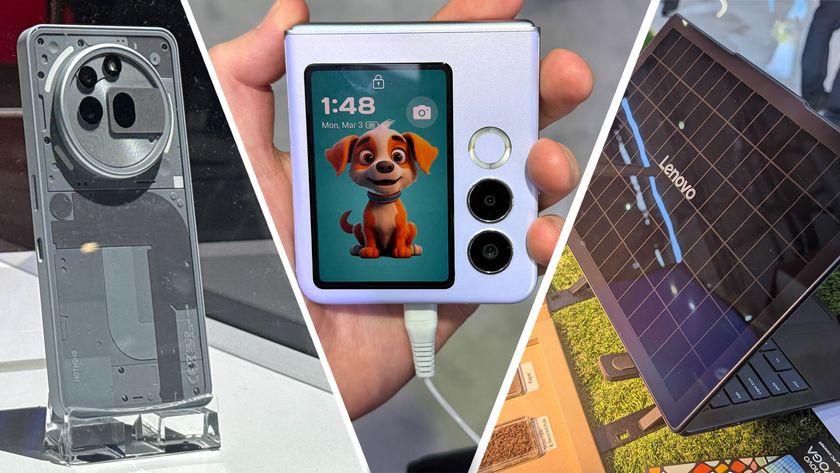12 high technologies that failed - and why
Tech that seemed like a great idea - until people tried to use it

The brainchild of budding entrepreneurs and research labs, these tech failures were intended to become commonplace in our fast-changing world.
Unfortunately, they turned into Frankensteins that no one wanted – mostly for scientific reasons, technical dependencies, or a poorly conceived business model.
Without further ado, let's get stuck in...
1. Mobile video chat
In the UK and US, video chat over a smartphone is still a distant dream. Part of the problem is bandwidth – there just isn't enough of it for two-way video. Part of the issue is ease of use: it should be as quick to place a video call as one where you only use your voice.
"Vendors didn't realise that the problems were more behavioural than technical and didn't approach the market properly," says tech analysts Enderle. Maybe Apple can turn this one around?
2. Quadraphonic sound
Get daily insight, inspiration and deals in your inbox
Sign up for breaking news, reviews, opinion, top tech deals, and more.
Another technology that never had a chance, quadraphonic sound put four channels of audio in four corners of the room, and it emerged in the 1970s as a way to emulate what you hear in a cinema or live performance.
The main issue had to do with a lack of standardised formats, and the emergence of Dolby and DTS surround sound – which were heavily supported by the audio industry.
3. Intel Viiv
A high-profile flop, Intel Viiv was the big announcement at CES in 2006. It was essentially the "Centrino of home media distribution" - chipsets and components designed to make it easier to store and retrieve digital media including music, movies, and photos. But it just didn't work.
The plan was for PC makers to proudly display the Viiv logo, but the failure was not in communicating the value of digital media – we'd already got that - Viiv was just too complex to understand, and partners never really warmed to it. The name was the ultimate death punch: no one knew how to pronounce it (it rhymes with "five").
4. Line of sight (LOS) wireless
LOS, or fixed wireless, emerged about 10 years ago as a way for cities to deploy their own network using the same model as mobile phone carriers.
According to IT analyst Charles King, LOS was just too complex and inflexible, especially compared to newer technologies such as Wi-Fi and WiMAX.
5. Virtual reality
One of the problems with VR is that the human brain has a hard time perceiving two worlds at once – especially when it means donning a pair of goggles that block out one of those worlds (the real one).
Videogames such as World of Warcraft pull you into the action, but you are still well-aware of your surroundings. Mind you, Microsoft Natal is a stage on from old-school VR, the latest attempt to meld the virtual world with the physical.
6. The driverless car
This one seems to have a host of problems – the high-cost of the infrastructure, AI that is not anywhere near ready, and obvious safety concerns. There's also the fact a train or a bus makes more sense in dense urban areas.
Adding robotics to cars does make sense though, and both Enderle and King suggested that driverless cars could possibly become a reality within the next 10 years for long road trips.
- 1
- 2
Current page: 1-6 including VR, Viiv and video chat
Next Page 7-12 including dog-tracking and 3D shoppingJohn Brandon has covered gadgets and cars for the past 12 years having published over 12,000 articles and tested nearly 8,000 products. He's nothing if not prolific. Before starting his writing career, he led an Information Design practice at a large consumer electronics retailer in the US. His hobbies include deep sea exploration, complaining about the weather, and engineering a vast multiverse conspiracy.
















